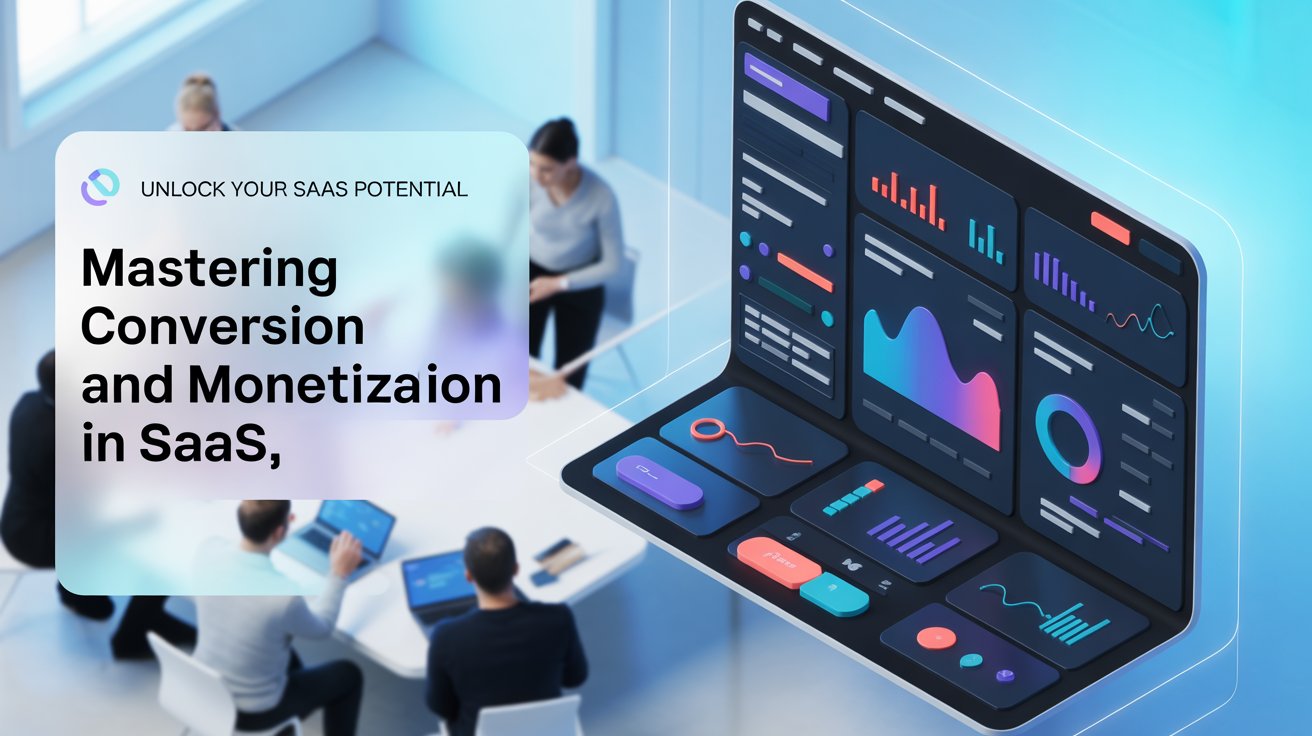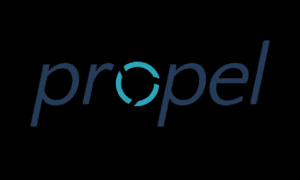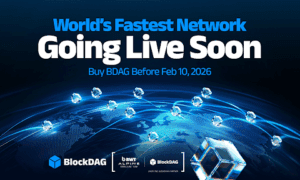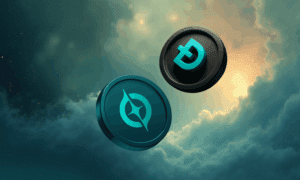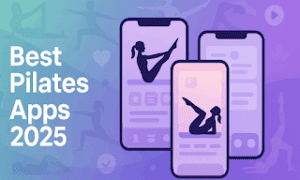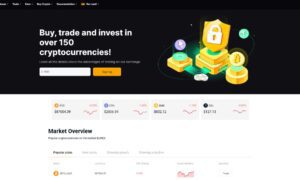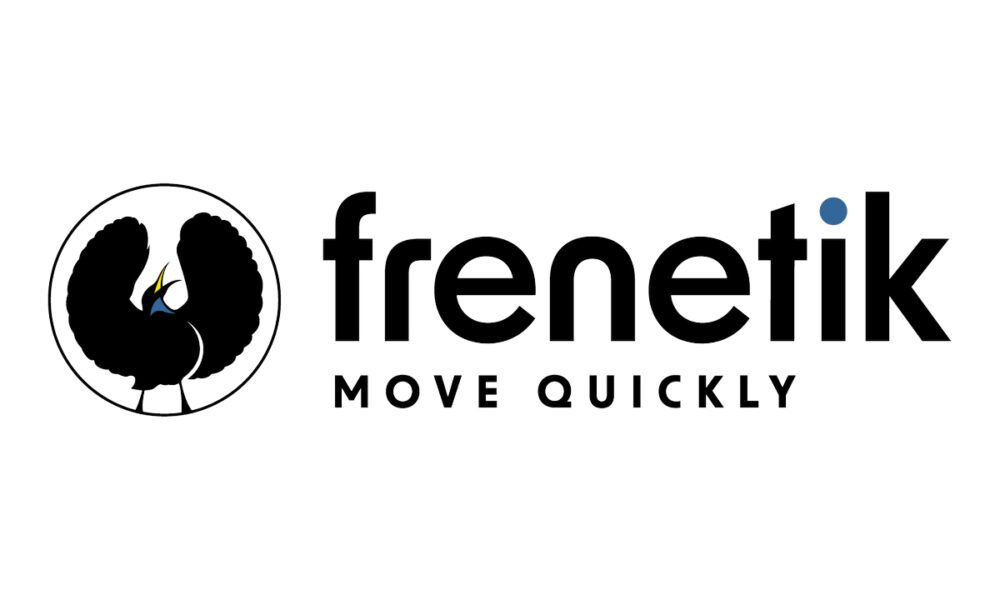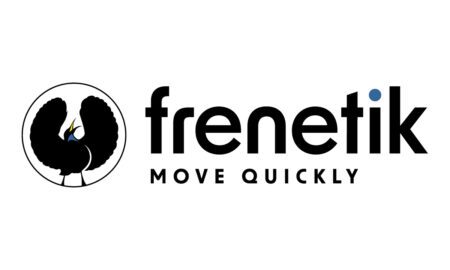Imagine you’ve developed a cutting-edge SaaS product. The features are top-notch, the interface is sleek, and early users seem impressed. Yet, as months roll by, revenue growth is sluggish, and user engagement plateaus. What’s missing? The answer often lies in two critical areas: conversion and monetization.
In the competitive world of SaaS, having a great product isn’t enough. To thrive, you need to convert visitors into loyal customers and monetize your offerings effectively. Let’s dive into strategies that can help you master these essential components.
Understanding Conversion in SaaS
Conversion refers to the process of turning website visitors or free trial users into paying customers. It’s paramount to the functioning of any successful SaaS business. Without effective conversion strategies, even the most innovative products can struggle to generate revenue.
Key Conversion Strategies:
- Transparent Pricing:
- Clarity Builds Trust: Clearly display your pricing tiers without hidden fees. Transparency helps in building trust and reduces friction during the purchasing process.
- Personalized User Onboarding:
- Tailored Experiences: Customize the onboarding process to meet individual user needs, ensuring they quickly realize the value of your product.
- Compelling Call-to-Actions (CTAs):
- Guide User Behavior: Design prominent and persuasive CTAs that encourage users to take the next step, whether it’s starting a free trial or subscribing to a plan.
- A/B Testing:
- Data-Driven Decisions: Regularly test different versions of landing pages, CTAs, and email campaigns to determine what resonates best with your audience.
- Social Proof and Testimonials:
- Case Studies & Reviews: Build credibility by showcasing how others have benefited.
Monetization: Turning Engagement into Revenue
Once you’ve optimized your conversion process, the next step is effective monetization—transforming user engagement into sustainable revenue.
Popular Monetization Models:
- Subscription-Based Pricing:
- Recurring Revenue: Charge customers a recurring fee (monthly or annually) for access to your software. This model provides predictable revenue streams.
- Usage-Based Pricing:
- Pay-As-You-Go: Customers are billed based on their usage levels, making it flexible and scalable. This approach aligns pricing with the value received by the user.
- Freemium Model:
- Free with Premium Options: Offer a basic version of your product for free, with advanced features available through paid subscriptions. This model lowers the barrier to entry and allows users to experience value before committing financially.
- Feature-Based Pricing:
- Tiered Access: Differentiate pricing based on the features or services offered in each plan, allowing users to choose options that best fit their needs and budgets.
Enhancing Conversion and Monetization with Nudge
To seamlessly integrate these strategies, consider leveraging tools designed to boost both conversion and monetization. Nudge offers a suite of features tailored to enhance user engagement and drive revenue growth.
Key Features of Nudge:
- Challenges:
- Engage Users: Implement event-based challenges that encourage users to complete core activities within your platform, fostering deeper engagement.
- In-App Messages:
- Timely Communication: Deliver contextual messages at pivotal moments to guide users through their journey, increasing the likelihood of conversion.
- Shoppable Stories:
- Streamlined Purchases: Integrate interactive stories that allow users to make purchases directly, reducing friction and enhancing the buying experience.
By incorporating Nudge’s tools, you can create personalized user experiences that not only boost conversion rates but also open new avenues for monetization.
Real-World Success Stories
1. Strava: Gamifying Engagement to Drive Premium Conversions
Challenge: Strava, a fitness tracking app, needed to increase conversions from free users to premium subscribers.
Strategy:
- Introduced challenges and leaderboards, encouraging users to engage with the platform regularly.
- Created social competition features that motivated free users to upgrade for exclusive performance tracking tools.
- Sent personalized push notifications showcasing user milestones and nudging them to unlock more insights with premium.
Results:
- Increased premium membership conversions by 40%.
- Improved user retention rates by keeping users engaged with competitive challenges.
2. Dropbox: Using Referral Incentives to Scale Conversions
Challenge: Dropbox needed an affordable way to acquire new customers and convert free users into paying subscribers.
Strategy:
- Implemented a referral program where users earned extra storage for inviting friends.
- Used email drip campaigns to nurture free users and highlight the benefits of upgrading.
- Offered limited-time discounts on premium plans to encourage early adoption.
Results:
- Grew from 100,000 to 4 million users in 15 months.
- Increased premium conversions by 60% as more users hit storage limits and needed to upgrade.
3. Duolingo: Freemium with Smart Monetization Strategies
Challenge: Duolingo needed to monetize its massive free user base while maintaining engagement.
Strategy:
- Adopted a freemium model where the core product was free but offered premium features like offline access and ad-free learning.
- Introduced in-app purchases, allowing users to buy virtual currency for skipping levels.
- Added ads for free users, ensuring monetization even if they didn’t convert to paid plans.
Results:
- Over 1 million paid subscribers.
- Monetized a massive free user base through ads and virtual purchases.
4. Paytm: Driving Conversions with Personalized In-App Messaging
Challenge: Paytm, a digital payments company, wanted to increase conversions on financial products like loans and insurance.
Strategy:
- Implemented real-time in-app messages that appeared at critical moments, such as transaction completions.
- Used AI-powered recommendations to suggest relevant financial products based on user behavior.
- Designed gamified cashback incentives to encourage higher spending.
Results:
- Tripled conversions for financial products in just six months.
- Enhanced user engagement by creating a personalized shopping and payment experience.
5. Decathlon: Boosting E-Commerce Sales with Shoppable Stories
Challenge: Decathlon, a leading sports retailer, needed to improve product discovery and conversions on its website.
Strategy:
- Integrated interactive shoppable stories, where users could see products in action and make purchases directly.
- Added real-time inventory updates within the stories to create urgency.
- Used AI-driven recommendations to show relevant products based on user preferences.
Results:
- 30% increase in conversion rates from product discovery to checkout.
- Higher customer satisfaction and repeat purchases.
Conclusion
Mastering conversion and monetization is pivotal for the success of any SaaS business. By understanding your users, implementing effective strategies, and leveraging tools like Nudge, you can transform casual visitors into loyal customers and turn engagement into sustainable revenue.
Remember, the SaaS landscape is dynamic. Continuously analyze user behavior, stay adaptable, and be willing to iterate on your strategies. With dedication and the right approach, your SaaS product can achieve remarkable growth and profitability.
Book a demo with Nudge today to leverage its SaaS capabilities to boost conversion and monetization for your business.

